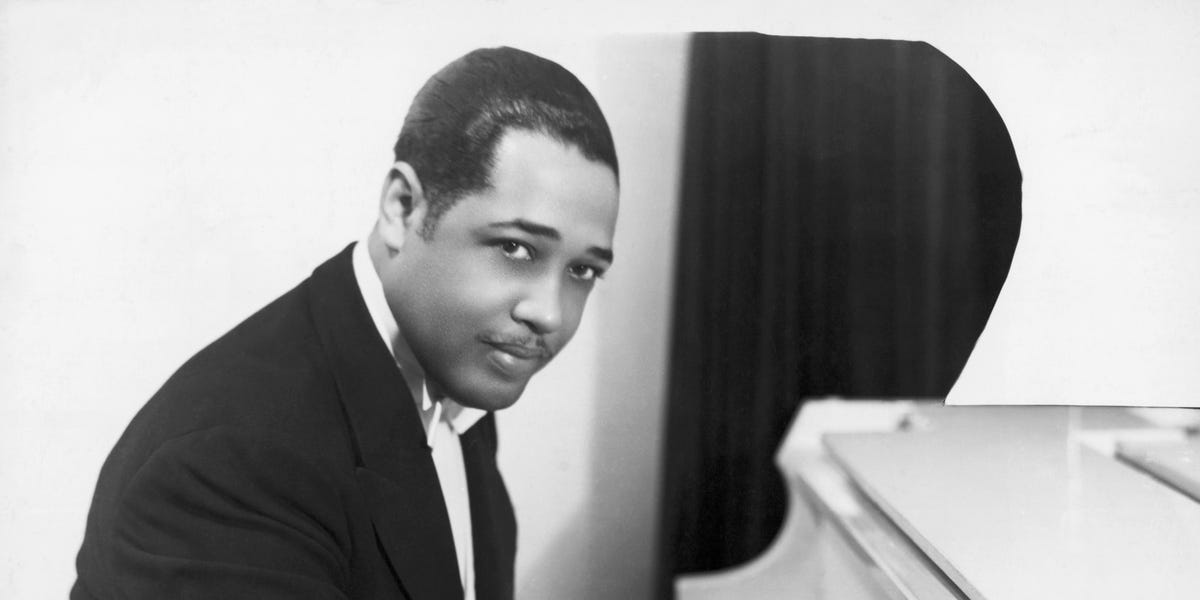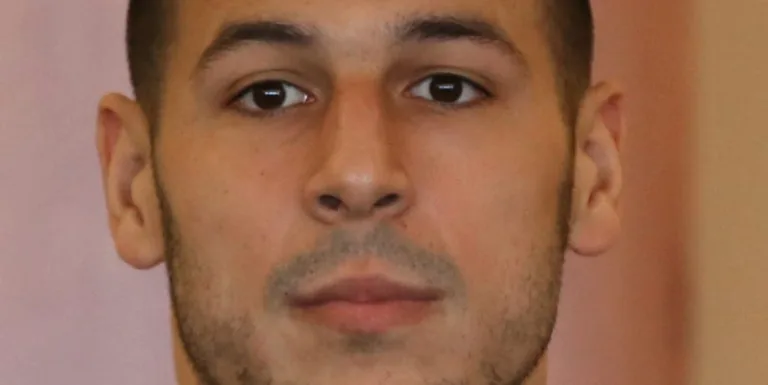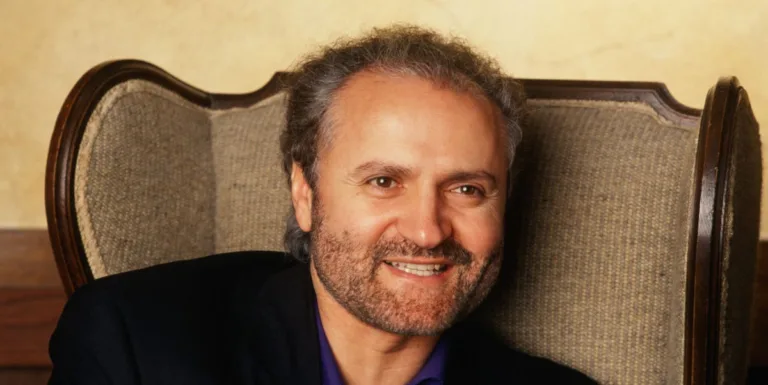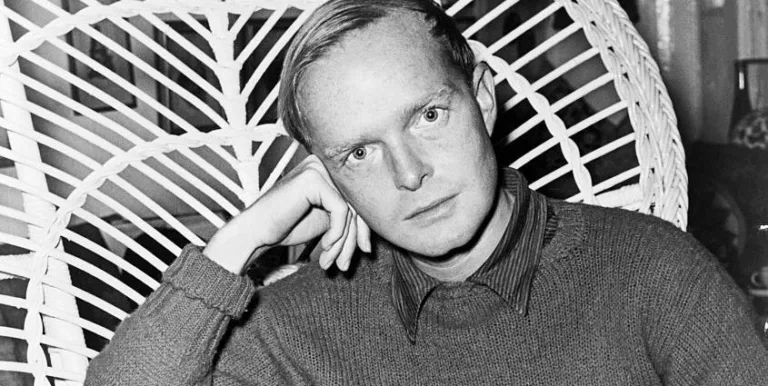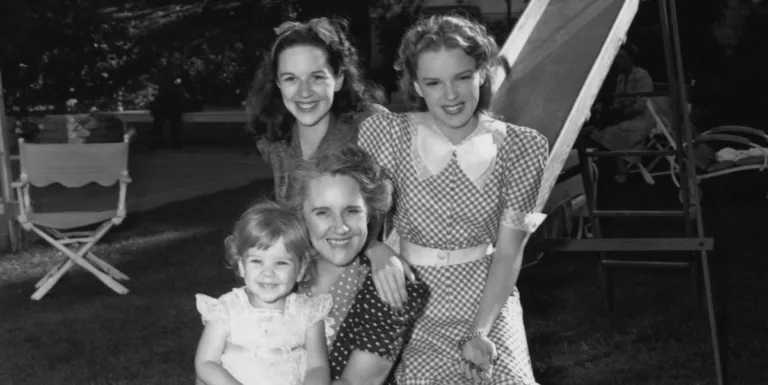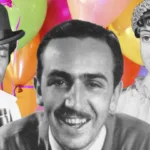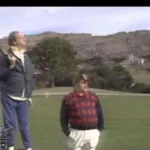Let’s dive into the captivating world of Duke Ellington, a name synonymous with jazz brilliance. He wasn’t just a musician; he was a visionary composer and bandleader who redefined the landscape of American music. Born Edward Kennedy Ellington in Washington D.C., his journey began with a love for piano at a tender age. This passion blossomed into a career that would span over five decades, leaving an indelible mark on the world of jazz.
Ellington’s genius lay not only in his own musical talent but also in his ability to cultivate a Unique Ensemble Sound. He assembled a group of incredibly Talented Musicians, each with their distinct styles and personalities. Think of figures like Bubber Miley and Joe Nanton – they brought their individual flair to Ellington’S Compositions, creating a rich tapestry of sound that was both innovative and captivating.
His impact on jazz is immeasurable. He gave us timeless classics like “Take The A Train,” “Cotton Tail,” and “Sophisticated Lady.” These tunes became anthems, instantly recognizable and beloved by generations. His music transcended boundaries, appealing to a wide audience with its infectious rhythms and sophisticated melodies. Ellington’s legacy continues to inspire musicians and listeners alike, cementing his place as one of the most influential figures in Jazz History.
Early Life and Musical Beginnings
Edward Kennedy Ellington was born in Washington D.C. on April 29th, 1899. His early life was steeped in music. His mother, a talented pianist herself, fostered his love for the instrument from a very young age. He started playing piano at just Seven Years Old, showing an innate talent and passion that would shape his future.
As a teenager, Ellington’s musical horizons expanded beyond the piano. He began to experiment with composing and arranging music, developing a keen ear for melody and rhythm. His high school days were marked by performances in local theaters and clubs, where he honed his skills and Gained Valuable Stage Experience. It was during this period that he adopted the stage name “Duke,” a nickname given to him by friends and classmates.
 Elizabeth Montgomery Age: Death, Life & Career Highlights
Elizabeth Montgomery Age: Death, Life & Career HighlightsBy the time Ellington reached adulthood, he was already a promising young musician with a clear vision for His Future. He moved to New York City in 1923, eager to make his mark on the burgeoning jazz scene. The city’s vibrant music culture provided the perfect platform for him to showcase his talents and embark on a journey that would forever change the course of American music history.
The Birth of a Unique Ensemble Sound
One of Ellington’s greatest strengths was his ability to assemble a band of exceptional musicians who would become more than just colleagues – they were a family united by their passion for music. He meticulously selected each member, recognizing their unique talents and personalities. This wasn’t just about finding skilled players; it was about creating a cohesive unit where individual voices blended seamlessly to form a powerful whole.
Think of figures like Bubber Miley, the charismatic trumpeter whose gravelly voice added a distinctive edge to Ellington’s compositions. Or Joe Nanton, the trombone virtuoso whose rich, resonant tone brought a unique warmth and depth to the band’s sound. Each musician brought their own style and personality to the mix, creating a dynamic and ever-evolving ensemble that was truly unlike Anything Heard Before.
This carefully curated group of musicians Became Known As “The Duke Ellington Orchestra,” and their name would soon be synonymous with innovation and excellence in jazz. They were more than just performers; they were collaborators who pushed musical boundaries and helped define the sound of a generation.
Achieving Widespread Fame
Ellington’s star began to rise rapidly in the 1930s and 40s. His music resonated with audiences across America, captivating them with its infectious rhythms and sophisticated melodies. He became a regular fixture at prestigious venues like The Cotton Club and The Savoy Ballroom, where his orchestra would perform nightly To Packed Houses.
The popularity of his compositions soared during this period. Classics like “Concerto For Cootie,” “Cotton Tail,” and “Ko-ko” Became Instant Hits, showcasing Ellington’s masterful blend of jazz improvisation with Carefully Crafted Arrangements. He also penned memorable tunes that crossed over into the popular music charts, Such As “It Don’t Mean a Thing (If It Ain’t Got That Swing)” and “Sophisticated Lady.” These songs became anthems of the era, embodying the spirit of swing and capturing the hearts of millions.
Ellington’S Success wasn’t limited to live performances and recordings. His music was featured in films and radio shows, further expanding his reach and solidifying his place as a leading figure in American culture. He had become a household name, synonymous with the golden age of jazz.
Innovations and Legacy
Ellington’s influence on jazz went far beyond his catchy melodies and infectious rhythms. He was a true innovator, constantly pushing the boundaries of musical expression. He experimented with complex harmonies, Unconventional Instrumentation, and innovative arrangements, creating a sound that was both sophisticated and accessible. His compositions often incorporated elements of Classical Music, blues, and even gospel, resulting in a unique and eclectic style that defied easy categorization.
Ellington’s legacy extends far beyond his Own Music. He inspired generations of musicians, composers, and arrangers who followed in his footsteps. His influence can be heard in the work of countless artists across Various Genres, from Miles Davis to John Legend. The Duke Ellington Biography stands as a testament to his enduring impact on American culture and the world of music.
Even today, Ellington’s music continues to captivate audiences worldwide. His timeless compositions are performed by orchestras, Jazz Ensembles, and solo artists alike, ensuring that his legacy lives on for generations to come. He remains one of the most celebrated and influential figures in musical history, a true pioneer who forever changed the landscape of jazz.
Beyond the Music
Ellington’S Life wasn’t solely defined by his musical achievements. He was a multifaceted individual with a wide range of interests and passions. He was a keen observer of the world around him, Drawing Inspiration From Literature, art, and social issues. These influences often found their way Into His Music, adding depth and complexity to his compositions.
Beyond performing and composing, Ellington was also a skilled conductor, arranger, and bandleader. He had a remarkable ability to inspire and motivate his musicians, creating a collaborative environment where creativity flourished. He understood the importance of nurturing talent and giving young artists a Platform To Showcase Their Abilities.
Ellington’s legacy extends beyond the realm of music. He was a cultural icon who used his platform to speak out against racism and social injustice. He believed in the power of music to bridge divides and bring People Together, and he dedicated his life to using his art as a force for positive change.

